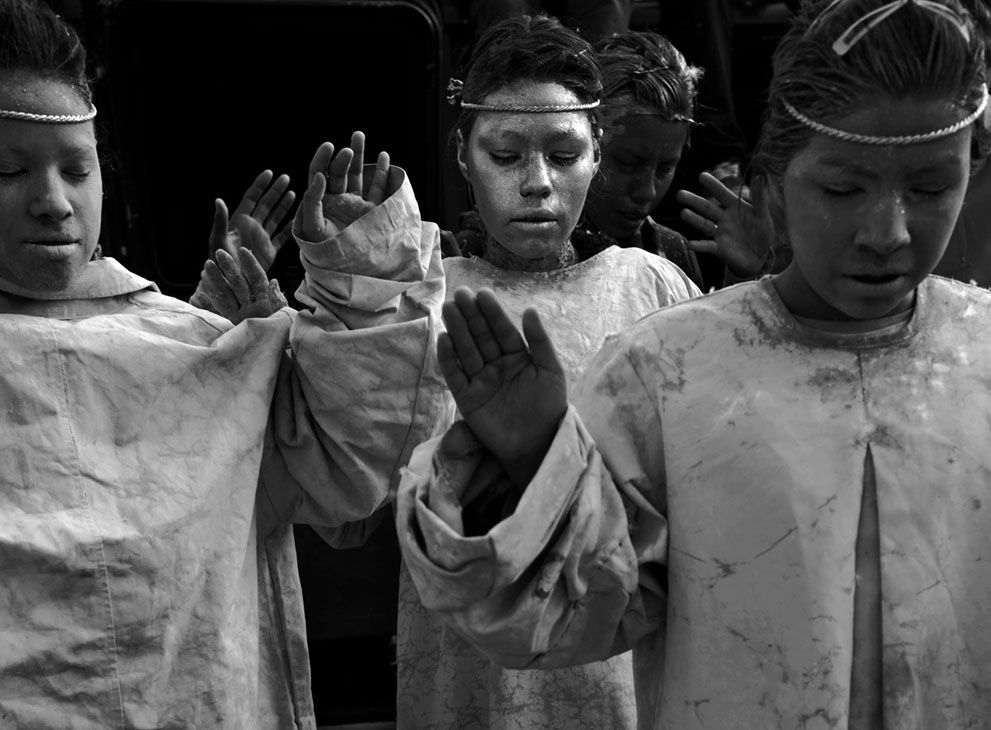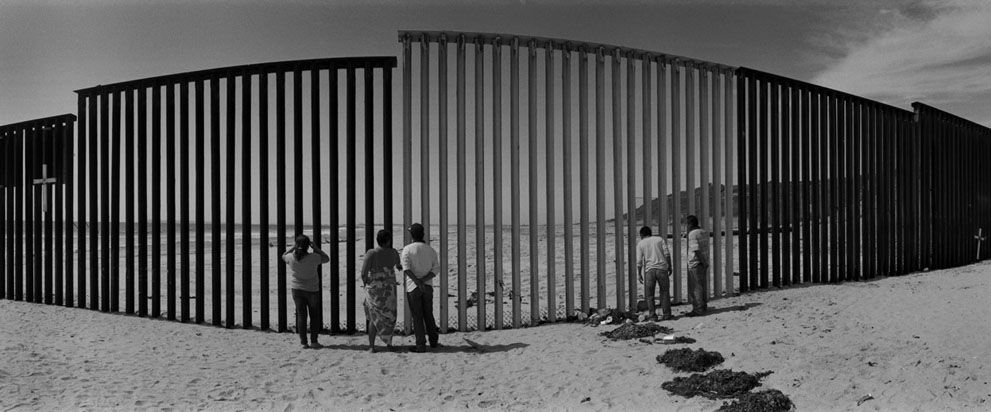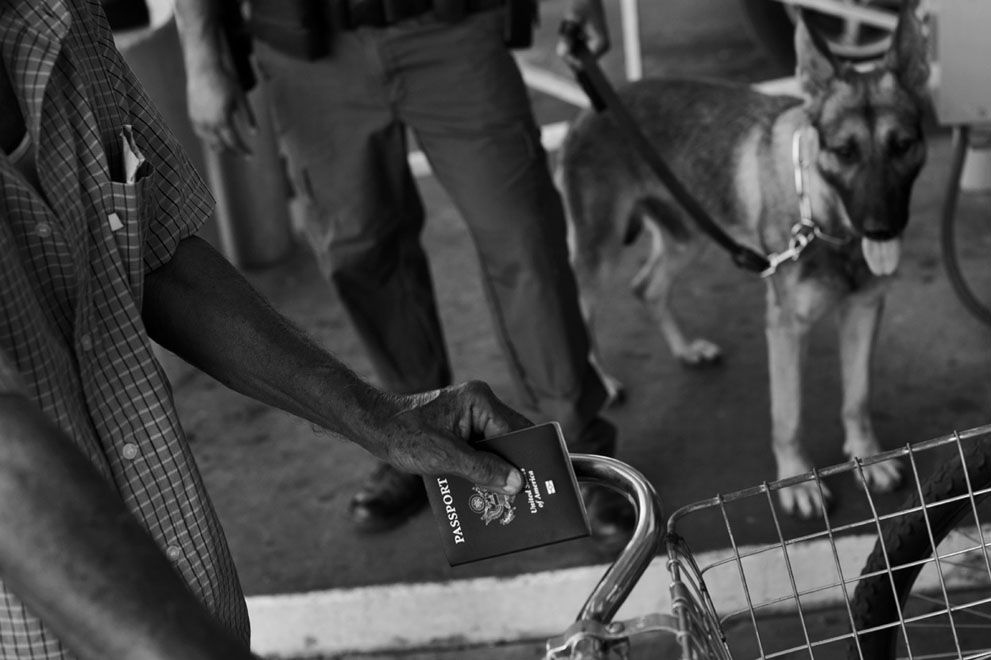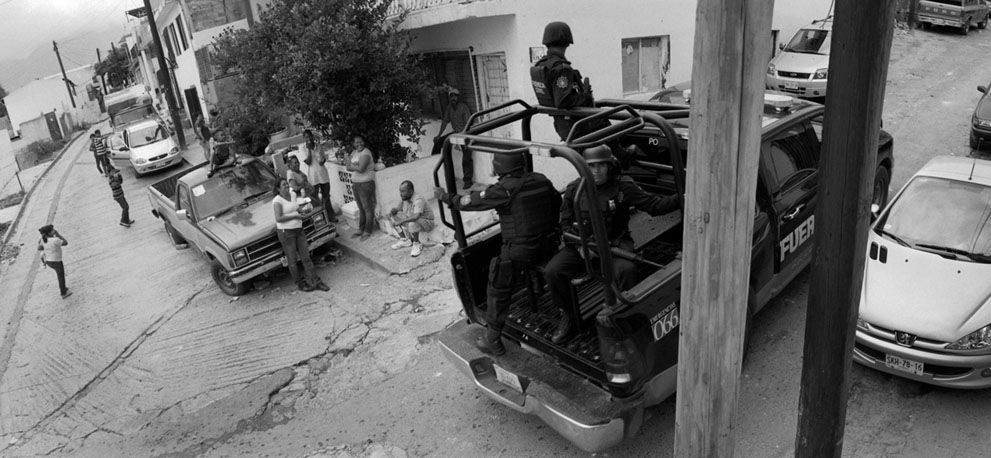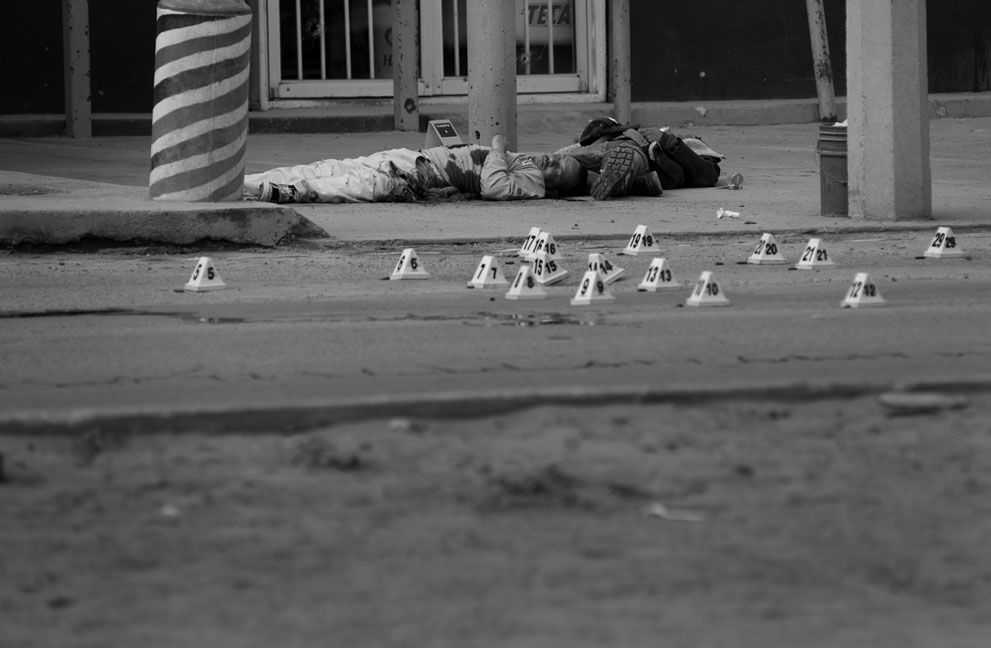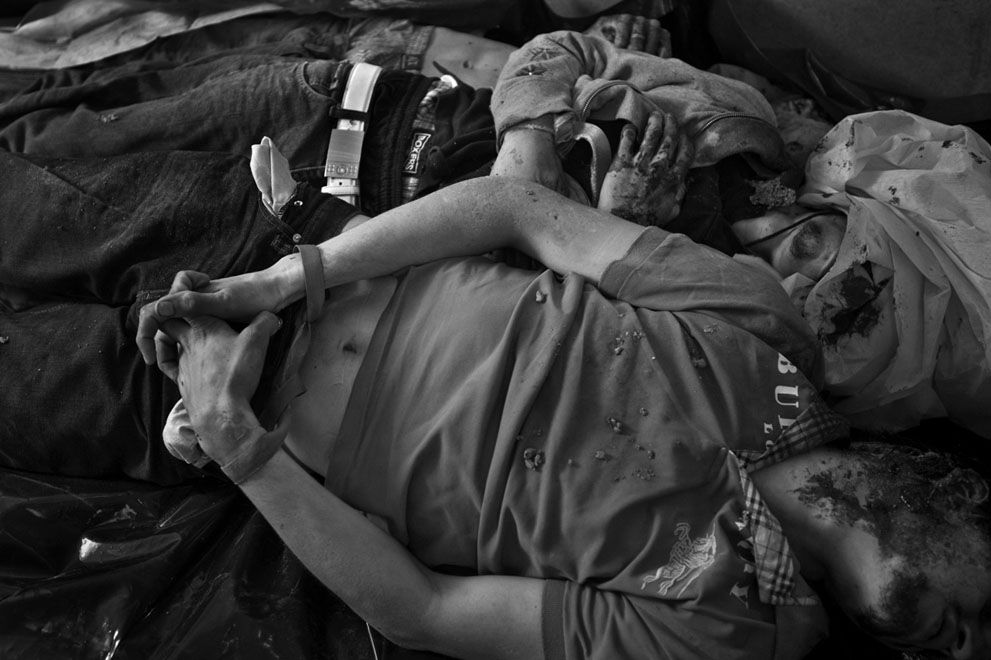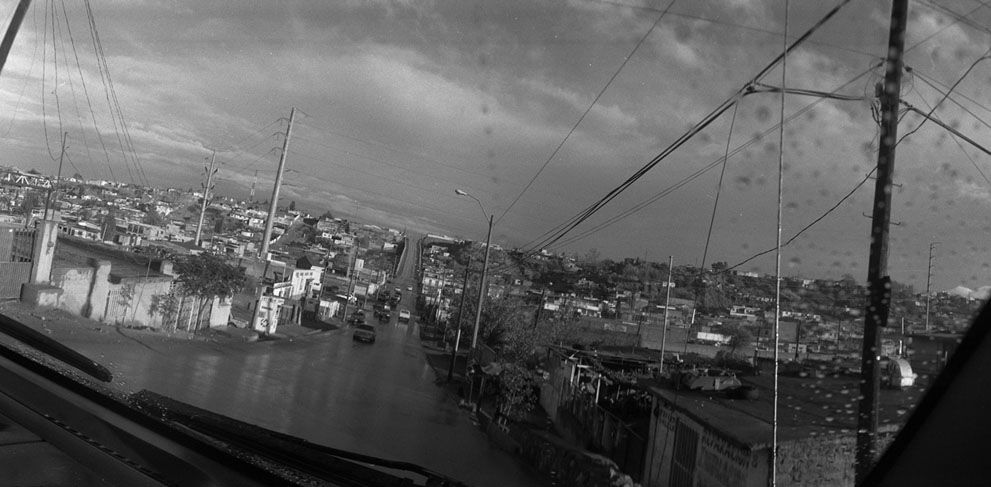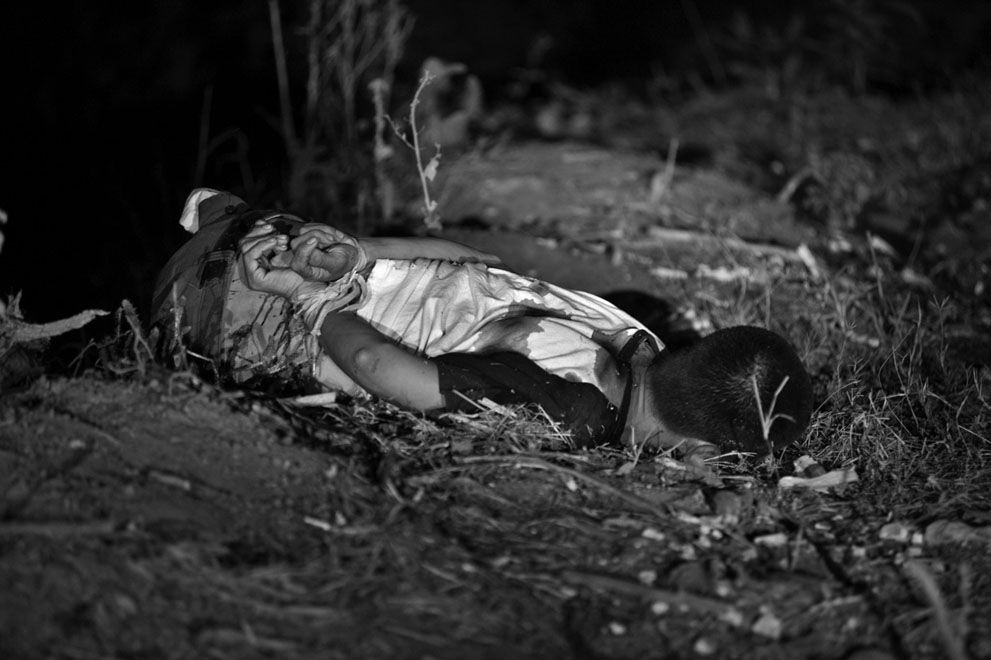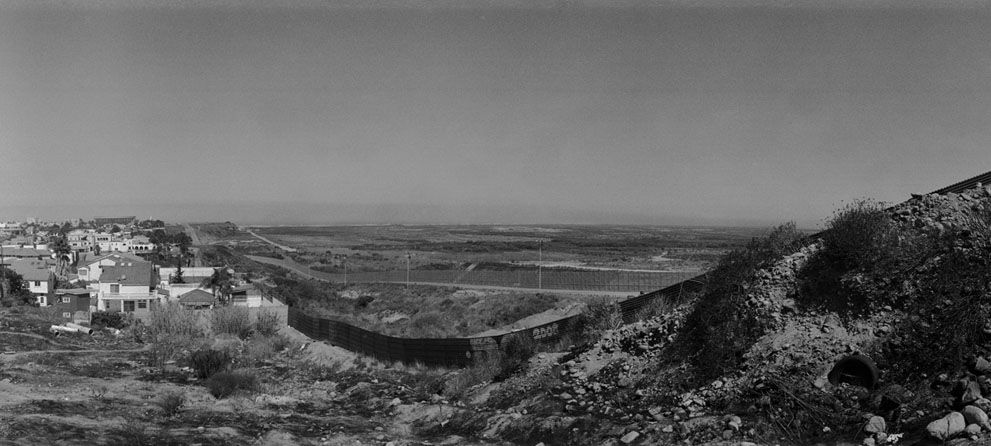Photographer Louie Palu is no stranger to conflict photography. After covering Afghanistan for more than five years, he returned to North America to cover the bloody drug-related crisis along the U.S.-Mexico border. Traveling the length of the border, working on both sides, he covered key cartel territory as well as government-controlled areas. Palu: "I feel that organized crime groups pose a greater risk to each one of us on a daily basis than terrorists or the Taliban. Their daily goal is to corrupt all government and law enforcement in order to carry out their business on both sides of the border." Since 2006 over 60,000 Mexicans have been killed and numerous journalists have been murdered or reported missing -- from 2006-2012 Mexico ranked as one of the deadliest places in the world for journalists. Funded by a grant from the Pulitzer Center on Crisis Reporting and a fellowship from the New America Foundation, Palu was able to capture these powerful images of crisis in northern Mexico. Warning, some of the images are graphic.
